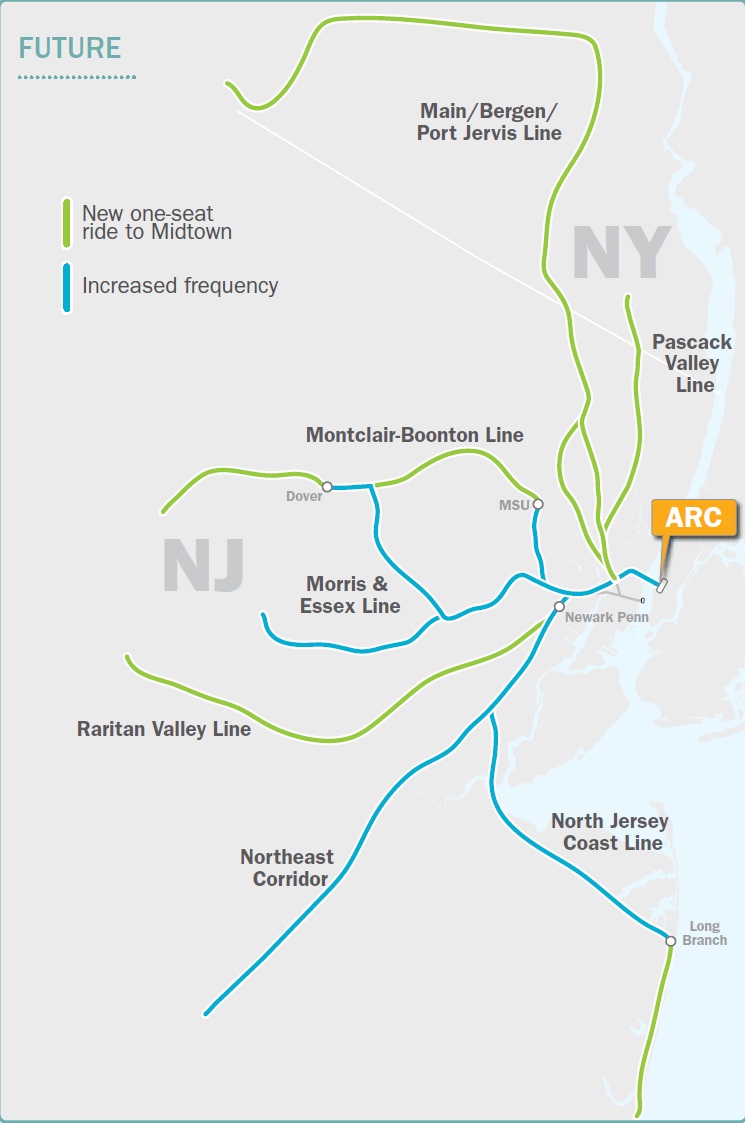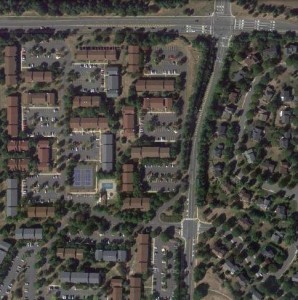New Jersey Future Blog
Redevelopment on the Rise
February 20th, 2007 by Tim Evans
- The Housing and Community Development Network of New Jersey’s recent “Cities in Transition” report identified 30 New Jersey cities as showing multiple signs of fiscal and socioeconomic distress. Between 1990 and 1999, these largely built-out cities accounted for only 5.9 percent of residential building permits issued in the state.
- Between 2000 and 2005, however, these cities experienced a rebound, contributing 14 percent of the state’s residential building permits, more than double their share of the state total from the 1990s.
- Between 2000 and 2005, the average annual building permit activity in these 30 cities was more than triple their annual average between 1990 and 1999. In contrast, annual activity in the rest of the state was only 28 percent higher on average in the 2000s than in the 1990s.
- Three of New Jersey’s four largest cities—Newark, Jersey City, and Elizabeth—ranked in the top 10 municipalities in terms of residential building permit activity between 2000 and 2005, placing first, second, and ninth, respectively. In contrast, between 1990 and 1997 (the building booms in these cities actually began in the late 1990s, so omitting 1998 and 1999 better illustrates the contrast), these same three cities ranked eighth, 20th, and 124th.
- The 30 cities in the HCDNNJ study are Asbury Park, Atlantic City, Bayonne, Bridgeton, Camden, Collingswood, East Orange, Elizabeth, Garfield, Gloucester City, Harrison, Irvington, Jersey City, Keansburg, Millville, Mount Holly, New Brunswick, Newark, North Bergen, Orange, Passaic, Paterson, Perth Amboy, Phillipsburg, Plainfield, Pleasantville, Salem, Trenton, Union City, and West New York. Click here to view the report online.
Building Boom Brings New Life to Old NJ
New Jersey is the most developed state in the nation, with 41 percent of its land converted to urban uses, according to the Natural Resources Conservation Service’s 2003 National Resources Inventory. And with state, county, and local governments, as well as private conservation groups, stepping up their acquisitions of the remaining open lands in the past decade, it increasingly appears that the future of development in New Jersey will be redevelopment.
Already a building boom has begun to bring new life to many of New Jersey’s urban centers and inner-ring suburbs, even in distressed places long shunned by developers. Among the 30 cities identified by the Housing and Community Development Network of New Jersey (HCDNNJ) as being the state’s most distressed, 27 of them (or 90 percent) saw their annual average building permit activity increase in the 2000-to-2005 period as compared to 1990-1999. Even Trenton, one of the three exceptions, is poised to join the redevelopment wave with the impending opening of the newly-renovated Broad Street Bank building; in one stroke, its 124 new residential units will nearly equal the total of 153 residential building permits issued in Trenton in the entire decade of the 1990s.
Redevelopment activity is by no means limited to the state’s more distressed places. Plenty of stable but built-out smaller towns and older suburbs are finding themselves the subject of developer interest, including Somerville (Somerset), Riverside (Burlington), and Wood-Ridge (Bergen).
Even in some still-developing places, redevelopment is in the spotlight. Discussions are under way about how to redevelop lands adjacent to existing train stations in Hamilton and West Windsor townships (the Hamilton and Princeton Junction stations on the Northeast Corridor) and even a proposed new train station on the now-vacant Johnson & Johnson property in North Brunswick.
Urban Revitalization a Boon to Environment
Re-using land that has already been converted to development is one of the best ways to preserve open space elsewhere. And the ability of redevelopment projects to divert development pressure away from open lands is enhanced as the density of the projects increases. Older, more urban municipalities are generally less resistant to higher-density projects because their existing development patterns are already dense. This is probably why nearly half (48.6 percent) of the building permits issued in the 30 cities in the HCDNNJ study between 2000 and 2005 were for multi-family housing (units in structures containing three or more units), while for the balance of the state the multi-family share was only 20.6 percent.
The future prosperity of New Jersey depends on our ability to continue absorbing new residents. That future will require revisiting our past to revitalize our struggling built-out places and to rediscover the benefits of their higher-density, mixed-use development patterns. The private sector is already figuring this out; state government needs to be ready to guide it in the right direction.
For questions on this issue of Future Facts, contact Tim Evans, Research Director.















